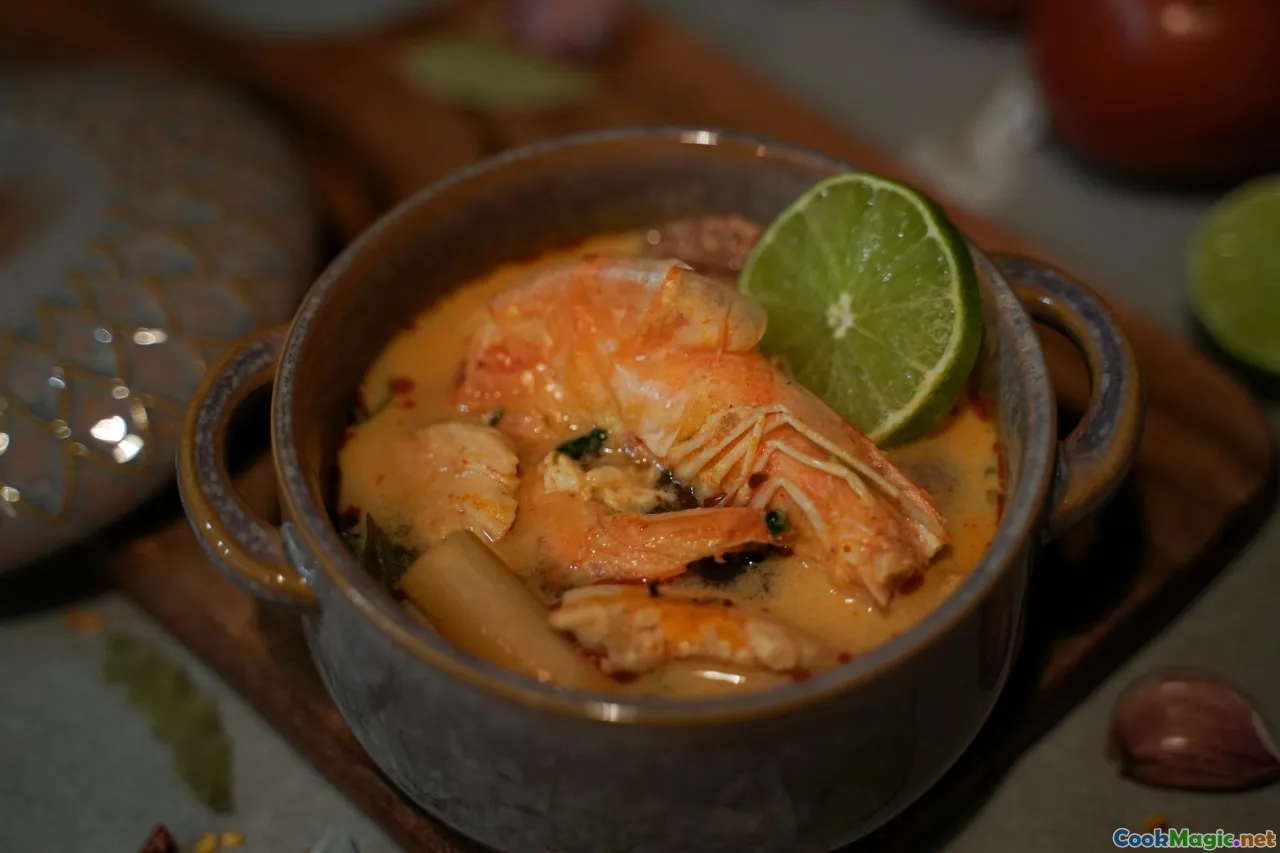Traditional Coconut Milk Applications in Belizean Meals
8 min read Discover the rich cultural tapestry of Belizean cuisine through the versatile and vital use of coconut milk in its traditional dishes, flavors, and culinary heritage. April 23, 2025 02:55
Traditional Coconut Milk Applications in Belizean Meals
Imagine walking through the lush, tropical landscapes of Belize, where the air is thick with the scent of ripe fruits, spices, and the ocean’s salt. In this vibrant paradise, food is more than sustenance; it’s a reflection of history, culture, and the soul of its people. Among the many treasures of Belizean cuisine, one ingredient stands out for its richness, versatility, and cultural significance: coconut milk.
The Heart of Belizean Culinary Heritage
Coconut milk is an integral part of Belizean cooking, woven into the fabric of traditional dishes that have been passed down through generations. Its origins trace back to indigenous Maya communities, who harnessed the abundant coconut palms that line the coast and inland regions. Over centuries, this ingredient evolved from a simple natural resource into a culinary cornerstone, embodying the island's tropical identity.
Belize’s strategic location as a Caribbean nation has fostered a melting pot of influences—from African, Spanish, British, and Garifuna cultures—all of which have contributed to the diverse ways coconut milk is used in local cuisine. Whether in hearty stews, fragrant curries, or sweet desserts, coconut milk adds a distinctive richness that elevates Belizean dishes to a sensory experience.
The Making of Belizean Coconut Milk
Understanding the application of coconut milk in Belizean meals begins with appreciating its preparation. Traditionally, coconut milk is extracted directly from freshly grated mature coconuts. The process involves grating the coconut flesh, then squeezing it through a cloth or using a mortar and pestle to release the creamy liquid. This fresh method preserves the purest flavor—rich, slightly sweet, and aromatic.
Modern Belizeans often buy pre-packaged coconut milk from local markets, but the authentic taste of homemade is unmatched. It’s a labor of love that connects cooks with their ancestors and the land. The thick, white, velvety coconut milk is then used immediately or stored for future use, adding a tropical essence to a variety of dishes.
Culinary Applications of Coconut Milk in Belizean Cuisine
1. Stews and SoupsOne of the most common applications of coconut milk is inBelizean stews, which are hearty, flavorful dishes served with rice, beans, or fried plantains. The stewed chicken or beefrecipes often incorporate coconut milk to create a luscious, creamy base that tenderizes the meat and infuses it with a subtly sweet aroma.Example:The belovedBelizean Beef and Coconut Milk Stew combines tender chunks of beef, root vegetables, and spices simmered slowly with coconut milk until everything melds into a fragrant, comforting dish. The coconut’s richness balances the savory spices, creating a harmony of flavors.
2. Rice and BeansIn Belize, rice and beans are a staple, often cooked with coconut milk instead of water. This method results in a fluffy, aromatic dish known locally asrice and beans with coconut. The coconut milk gives the rice a glossy finish and a subtle sweetness that complements the savory beans.
This dish is not only a daily meal but also a part of special occasions, with the coconut-enhanced rice serving as a symbol of hospitality and abundance.
3. Curries and Spiced DishesCoconut milk is essential in Belizean-style curries, especially those influenced by Indian and Garifuna traditions. These curries often feature fish, chicken, or seafood, cooked with a blend of spices, vegetables, and coconut milk. The result is a vibrant, aromatic dish with a silky texture and a hint of sweetness that balances the heat of spices.Example:TheGarifuna Fish Curry uses local fish simmered in a coconut milk-based sauce seasoned with turmeric, ginger, and hot peppers, served alongside plantains or rice.
4. Desserts and Sweet TreatsBeyond savory dishes, coconut milk is a star ingredient in Belizean desserts. It lends richness and depth to sweet treats likecoconut tarts, rice pudding, and tamarind candies. One traditional dessert is Coconut Milk Pudding, made by simmering coconut milk with sugar and tapioca or cornstarch until thickened, then chilled to perfection.
5. Beverages and Refreshments
Coconut milk also finds its way into beverages, especially during festivals and celebrations. Freshly prepared coconut milk is blended with tropical fruits like pineapple, mango, or papaya to create refreshing smoothies or drinks that evoke the essence of Belize’s tropical climate.
Personal Reflections and Cultural Significance
Growing up in Belize, I remember the aroma of coconut milk simmering on the stove, filling the house with a warm, inviting scent. It’s more than just an ingredient; it’s a symbol of community and tradition.
In my family, coconut milk was often prepared during special occasions—weddings, festivals, and family gatherings—embodying a sense of unity and cultural pride. The act of extracting coconut milk by hand connected us to the land and our ancestors’ wisdom, reminding us of the importance of preserving culinary heritage.
The Future of Coconut Milk in Belizean Cuisine
Today, as Belize’s culinary scene modernizes and global influences grow, the traditional use of coconut milk remains vital. Chefs and home cooks alike honor the authentic methods while also experimenting with new recipes—coconut milk ice creams, vegan stews, and fusion dishes.
Sustainable sourcing and organic farming practices are also becoming more prominent, ensuring that the coconut palms continue to thrive and provide this treasured ingredient for generations to come.
Conclusion
Coconut milk is more than an ingredient in Belizean cuisine; it’s a cultural emblem, a taste of the tropics, and a bridge to history and identity. Its applications—from hearty stews and fragrant rice to sweet desserts—highlight the versatility and depth of Belizean culinary traditions. Embracing this ingredient means celebrating the rich, vibrant spirit of Belize and its people’s enduring connection to the land and sea.
Whether you’re a seasoned chef or an adventurous food lover, exploring the traditional applications of coconut milk in Belizean meals offers a delicious journey into the heart of Caribbean culture—a journey that’s as warm and welcoming as the island itself.









